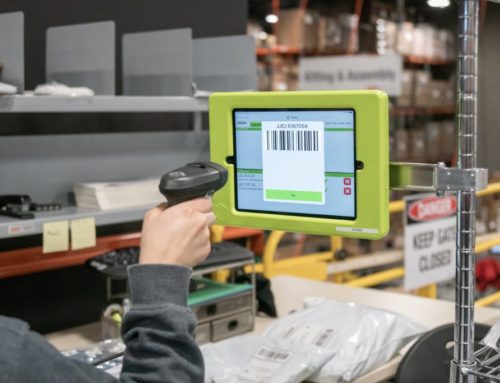Explore the following frequently asked questions related to online store returns and the implications of various return policies. As previously mentioned in our Complete Guide to Managing eCommerce Returns, a smart returns management blueprint designed to combat customer pain points and potential losses is imperative to sustainable growth.
Finding a return policy that works for you and your customers is of the utmost importance. Understanding how to address the following questions will undoubtedly help retain customers time after time.
FAQs
What is the risk of offering a no return policy?
This risk often depends on your industry and product. If the product costs less to purchase than it does to return, customers aren’t likely to send it back. Given almost half of eCommerce customers will verify or a return policy before purchasing means that you could potentially miss out on half of your customer base by choosing not to offer a policy. For products and industries with a high return rate, like apparel or footwear, the potential for loss only increases.
How should small businesses approach their return policy?
As a small business owner, consider marginal factors and budgets when creating a return policy that works for your business model and size. While Amazon has normalized systems like free returns, this is often unreasonable for a small business with tighter margins than larger companies like Amazon. That said, it may not make sense to offer a return policy at all. For example, returns on perishable items could unnecessarily complicate the process. In any case, transparency and clarity make for the best policies.
What is the average eCommerce return rate?
While brick-and-mortar retail locations often have a return rate somewhere between 8%-10%, eCommerce return rates average around 20%. Understandably, it can be difficult to know exactly what you’re buying and how it will fit based on a few product images and sizing measurements. Again, apparel and footwear brands that done operate on a one-size-fits-all model have the highest return rates. These rates jump significantly during the holiday season.
How can you prevent return fraud?
If you are unfamiliar with return fraud, the term includes any attempt by a customer to gain financially from the returns process, resulting in lost profits and inventory. Some of the most common forms of return fraud include “wardrobing,” which is when a customer purchases an item, uses it, and then returns it as “new”, when it is used.
Naturally, the virtual eCommerce space encourages more fraud on average than that of a storefront, allowing individuals to hide behind a screen and keyboard with a sense of anonymity. Common signs of eCommerce return fraud manifest in an excessive loss of inventory and an above-average increase in the number of returns, which consequently shrink margins and profit.
What is a standard return policy?
A standard return policy should fit your logistical capabilities, customer expectations, and product offerings. For example, a standard return policy for handmade custom art is vastly different from a policy for standardized mass-market goods.
What is a “try before you buy” model?
Several online retailers and brands continue to advance their return management systems by adding virtual or in-person “try before you buy” features. These tools allow customers to confidently purchase an item with more knowledge of how it will look, fit, and function. In any case, make sure customers are completely aware of the policy and stipulations. Otherwise, these features may end up complicating the process more than you anticipated.
How can customer returns be reduced?
Ensure products are accurately described, including product details, material details, photos, and reviews. In most cases, this will help customers have a better idea of what they are ordering. More than that, proactively identify the product SKUs with higher than average return rates. Determine why the product is being returned and make the necessary adjustments to correct this potentially troublesome pain point.
Are customers legally entitled to a refund?
According to FindLaw.com, merchants are technically not required to accept returns, however, some laws exist requiring the full disclosure of a refund and/or return policy. In this case, the policy must be easily found on your online store for it to be valid. That said, every state has its own laws that address consumer refunds.
For example, California-based merchants are required to post their refund policy unless they offer a full cash refund, exchange, or store credit within seven days of the purchase date. Check your state and federal laws to ensure your returns policy complies.
What is RMA (return merchandise authorization) in eCommerce?
A sound RMA system involves protocols that rely on technological automation to manage returns. If a customer qualifies, allow them to submit a digital form and consequently receive a return label or a form of return postage. As a merchant, this allows you to track the arrival and promptly restock the item back into resellable merchandise. No matter the size or scale of the business, an RMA is imperative to the health of your returns management protocol.
Conclusion
As the eCommerce landscape continues to grow, so will the number and complexity of eCommerce returns. Prepare yourself today by partnering with a competent 3PL Fulfillment partner like Drive Fulfillment. With years of supply chain and logistical experience, innovative warehouse management software, and a skilled group of staff, the days of worrying about your outdated return management protocols are over. For more information on eCommerce returns, explore our Complete Guide to Returns Management, get in touch, or schedule a tour of our Utah-based Drive Fulfillment Centers today.






